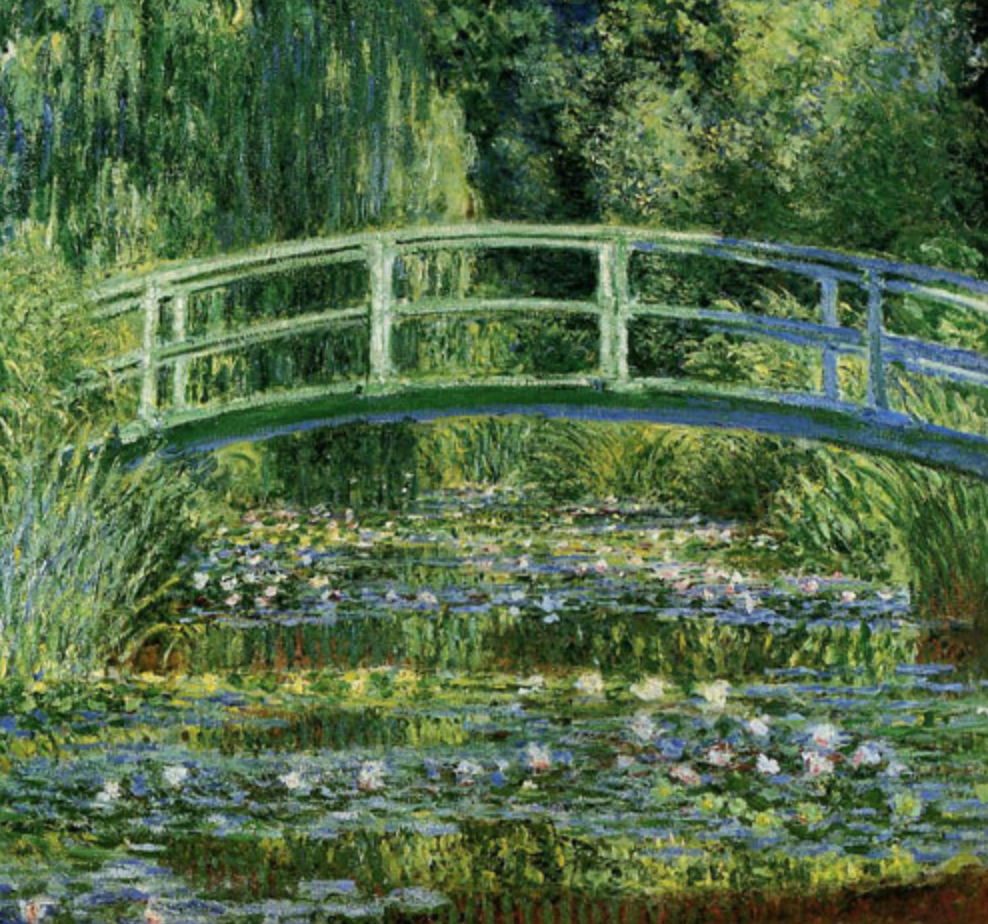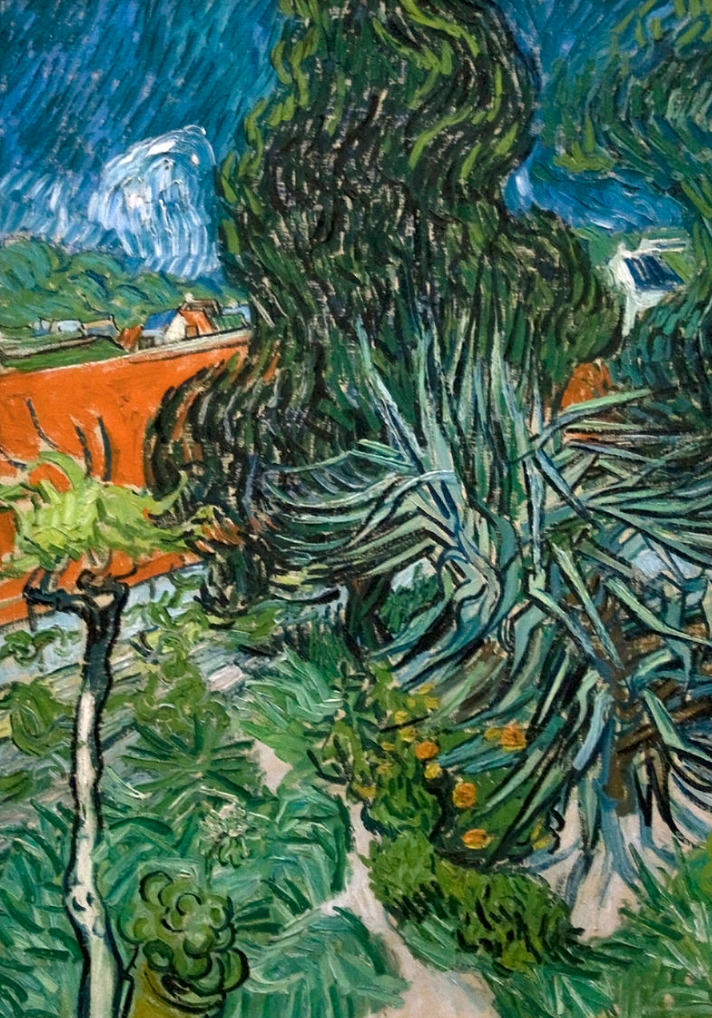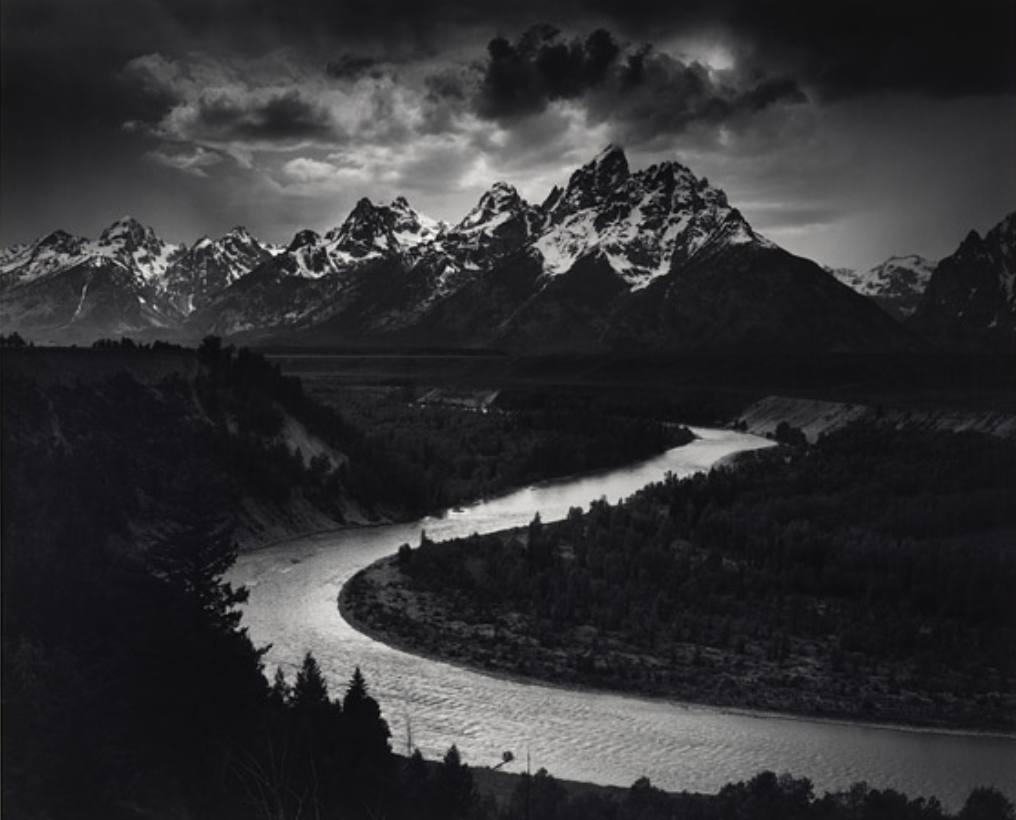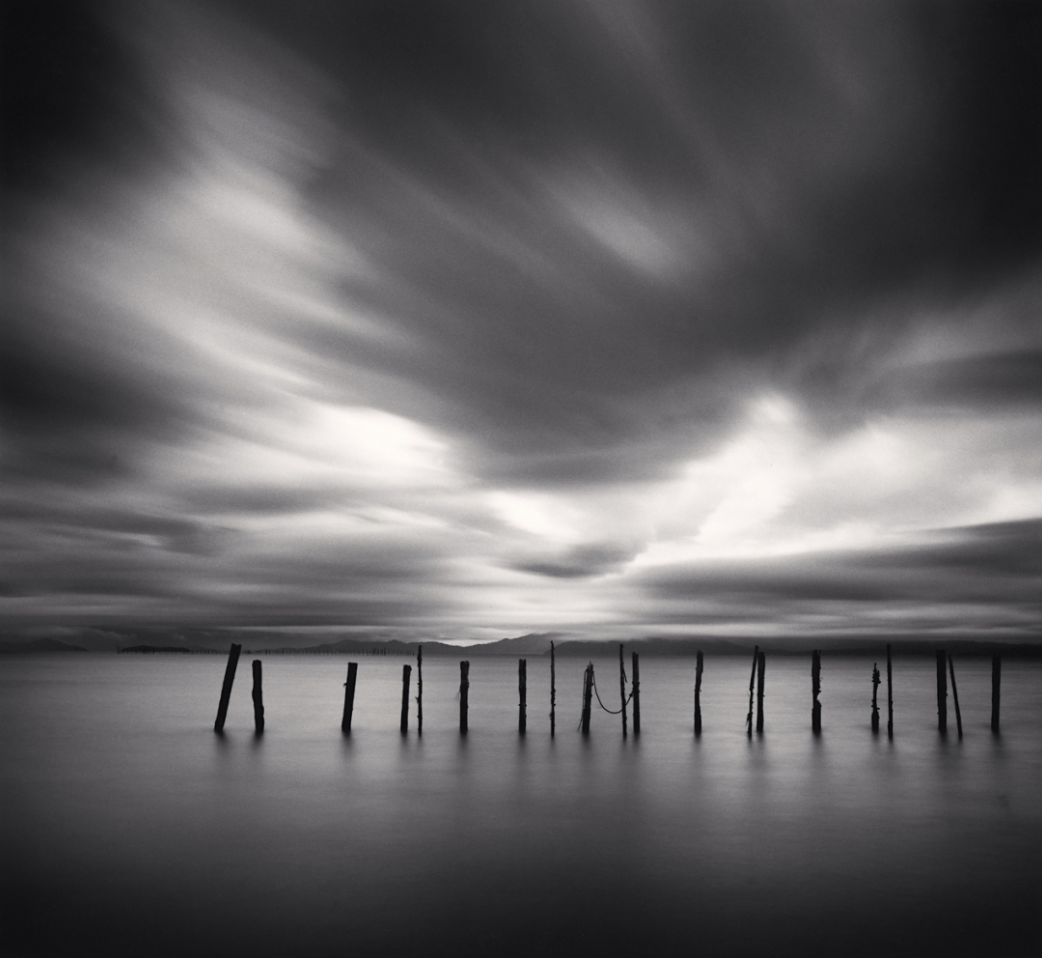What is photographic style and how to find yours
Once you step off the beginner plateau, photography workshop leaders and career coaches often advise you that you need to find your style before you can make meaningful progress with your camera. They are often not very specific about how you should go about finding it, nor what will happen if you don’t.
In this post I’d like to make the case for not actually needing to find your style.
This post is aimed at amateur photographers, not those making a living selling their images.
What is photographic style?
Style is how you interpret what’s in front of you with your camera.
Once you have a grasp of the basic technical aspects of photography, you know how to use light, and are prepared to move in order to get the viewpoint you want, then you are ready to start putting your own spin on the images you take: ie. you have an opinion about how you want your shot to look.
Think of it like any kind of artistic style. Monet interpreted his gardens in an impressionistic style (see first image below), but given a similar subject Van Gogh’s post-impressionistic style is very different (second image):
Painters are only limited by their imagination. Photographers do have to work with what’s in front of them, and with what their camera and edits can produce. Yet still photographers bring different interpretations to similar subjects. Compare a typical landscape from Ansel Adams (first image) with one from Michael Kenna (second image):
Have you ever been on a photo meetup or a workshop where you’ve been surprised at what other people saw? Did you shoot differently? Your style starts with what you notice, what you want to shoot. You bring to it the technical choices you make, and finally the edits you use to finish your image.
Why you don’t need to find your style
I don’t think you need to find your style because it’s there already – all you need to do is uncover it. Then be confident enough to let it develop instead of following the latest trend or shooting how you think you “should” shoot.
How to uncover your style
1. Intuitive shooting
You need to be fluent with your camera before your style can start to emerge from under the layers of technical detail. Do you know instinctively what depth of field you want? What compromises you need to make to use a fast shutter speed in low light? When to use a tripod? If not, work on becoming fluent first. You can learn everything you need to know in my beginner’s online course, A Year With My Camera – the email version is free and you can sign up at the end of this post.
2. What draws you?
What are you drawn to? What are you curious about? What books, paintings, music, poetry, films, typography and architecture do you like? If you were given a blank canvas, what kind of art would you create? If you had a day off, what would you do with it? What country would you like to visit and how would you get there? Go back over your own photography archive: which ones do you still love?
The things you are drawn to reflect your style back to you.
If you want to, start a Pinterest board called “Stuff I Like” and Pin onto it anything that catches your eye. Or do a good old-fashioned paper and glue vision board. You’ll start to see themes and ideas emerging. Don’t question what you like or why you like it – if it speaks to you, collect it.
3. Your style, uncovered
You don’t need to go out and shoot copies of things you are drawn to. The exercise is just to build an awareness of what drives you, of who you are. Once you have this awareness you can use it to build your confidence as you shoot the way you want to: “This is who I am. This is how I shoot.”.
For example, I love the street photography of Henri Cartier Bresson, but I hate doing street photography myself. Being aware of this conflict helps me identify what is going on in my own head. Having thought about it, what I love about HCB is the way he was always ready for the shot. His camera was an extension of his mind. This is what I aspire to, and what draws me to his work.
Think of uncovering your style as a spiral. You start in the middle not really sure what you want to do with your camera, but maybe aware you enjoy shooting doors rather than people. You do the “What draws you?” exercise and notice that you also enjoy line art, Baroque organ music and sans serif fonts. This gives you an awareness that you like clean lines and things in order. This in turn gives you confidence to shoot your doors in a minimal, unfussy way, and you know why you like to photograph like this. Your subconscious will also be on the look-out for other subjects and you might find you notice a tree silhouetted on the horizon where everyone around you was looking under their feet for subjects.
At this point you have spiralled out a bit: you have some self-awareness, you are on the look-out for subjects you are drawn to, and your confidence is increasing. All you need to do is keep shooting, stay self-aware and from time to time review your shots and your photography journey will keep spiralling outwards as you grow in confidence and find new things to shoot.
Always remember where you started from in the middle of your spiral, the first thing you were truly drawn to photograph. This will help you avoid running after trends or shooting something just because everyone else is doing it. Be confident and follow your own path. Just because everyone else seems to be shooting newborns in baskets or spinning steel wool doesn’t mean you have to do it.
4. Putting it into words (or not)
Every photography coach or mentor I’ve studied under has wanted me to describe my style in three words. The first time I was asked this was at the very first seminar I went to when I was considering a career as a professional photographer. I said, “derivative, inexperienced, inadequate”. They were looking for words like, “classic” or “vintage”. They moved on to the next person very quickly.
15 years later and I still can’t play ball on this one. I just don’t think this is something you can reduce to words. As soon as you label it, you are putting arbitrary boundaries around it. If I choose “minimal” as one of my words, this is telling my subconscious that “minimal” is how I shoot now. Instead, if I have lots of visual ideas on my Pinterest board, my subconscious is free to make whatever connections it wants to. I will develop my actual style as I shoot, rather than shooting to a label and restricting my creativity.
Let other people give you labels. If your friends, family or camera club want to reduce you to three words, let them. It’s always interesting to find out what the words other people use are, but you don’t have to agree with them. (Unless you are a professional photographer: if you market yourself as “classic, polished and timeless”, and your clients describe you as “shabby-chic, unconventional and unusual”, then you have a branding problem.)
5. Letting it change
Going back to the spiral analogy for a moment: the more of life you live, the wider your spiral gets. Your style might have started as a simple, clean, orderly one. But maybe you discover opera, experience grief or travel more widely. You can’t help but change as your experiences accumulate, and so your style may adapt or evolve with you.
Keep adding to your “Stuff I like” board and work on your self-awareness. Review your own images regularly, at least at the end of every year. What patterns have emerged over the last 12 months? What’s changed? What would you like to tackle in the following year?
Don’t be afraid to try new styles. It will always be you taking the photograph and no-one can take that away from you.
A quick word on filters and presets
Many photographers, especially on Instagram, slap the same filter or Lightroom preset on all their photos and claim instant “style”. I don’t think style is what they’ve found though. They have created a uniform aesthetic but that’s not the same things as style. Style is the creative voice of your subconscious speaking through your camera, it’s not grading all your shots teal and orange just because that’s what Hollywood is doing:
Image Gilly Berlin, with permission
Get off auto in 4 weeks
The email version of my beginner’s photography workshop (“A Year With My Camera”) is completely free. Start by getting off auto mode once and for all, and then spend the rest of the year developing your style. Join here and get started today:
Header image: Watari, with permission
You might also enjoy:






